We independently evaluate all recommended products and services. If you click on links we provide, we may receive compensation.
“Hyperpigmentation” is a fancy word for a common skin care problem. It happens to all of us: Spots pop up that are just a bit darker than the rest of our skin’s surface area. This uneven skin tone often happens after a breakout, from sitting in the sun for too long, or with hormonal changes. It’s a stubborn problem but one that can be solved with the help of a dermatologist and a little patience.
According to Dr. Blair Murphy-Rose, M.D., FAAD, a board-certified dermatologist, clinical instructor of dermatology at Weill Cornell Medical College, and founder of Skincare Junkie, there are a few lines of defense against hyperpigmentation that actually work. The only commitment on your end? Sticking with them.
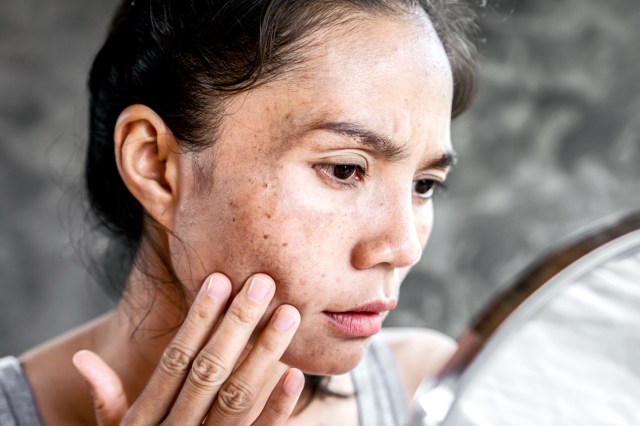
What Is Hyperpigmentation?
Essentially, hyperpigmentation is the formation of extra melanin in a concentrated area that can show up on the skin as brown, black, gray, red, or pink patches, depending on your skin tone. Common types of hyperpigmentation include age spots (sometimes called “liver spots”), melasma (or chloasma), and postinflammatory hyperpigmentation from acne or eczema.
Hyperpigmentation is most talked about on the face but can show up anywhere on your body, especially in areas that see repeated sun exposure, such as the hands.
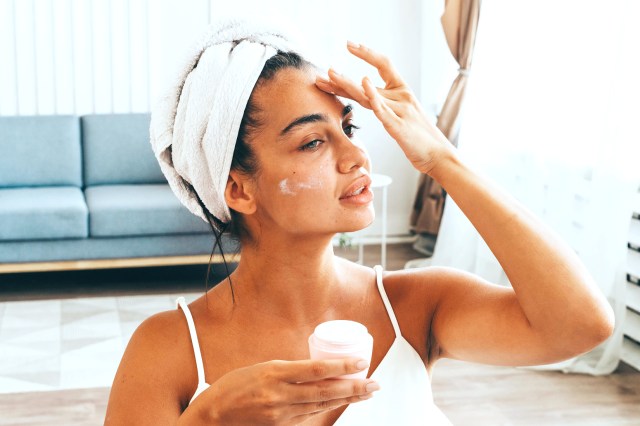
Skin Care Ingredients That Help Fight Hyperpigmentation
“The most important part of a hyperpigmentation skin care regimen is strict sun protection,” Dr. Murphy-Rose says. “The most effective sunscreens are broad-spectrum mineral sunscreens of SPF 30 or higher.” If you aren’t already wearing sunscreen daily, make this your first line of defense against hyperpigmentation and those pesky sun spots.
Sunscreen will help you stave off dark spots, but when it comes to fading ones that are already there, topical skin care can help even your skin tone.
“Look for effective skin brighteners [such as] tranexamic acid, kojic acid, cysteine, licorice root, and vitamin C, which all work by directly or indirectly inhibiting the process of melanogenesis, or pigment formation,” Dr. Murphy-Rose says. Products labeled as dark spot correctors, such as Paula’s Choice Discoloration Repair Serum and Dr. Idriss Major Fade Hyper Serum, will have these ingredients right on the label.
“Niacinamide is another skin-brightening nutrient with many skin benefits,” Dr. Murphy-Rose adds. She likes SkinCeuticals Discoloration Defense. This form of vitamin B3 has anti-inflammatory properties that help reduce redness and strengthen the skin’s barrier. There are many affordable products with niacinamide that you can introduce into your routine, too, including The Ordinary Niacinamide 10% + Zinc 1% Oil Control Serum.
If you’re doing any hyperpigmentation research on your own, you’re likely to also come across the ingredient hydroquinone. Most skin care experts, including Dr. Murphy-Rose, are not fans. “I typically recommend avoidance of hydroquinone due to its questionable toxicity and potential for causing a side effect called ochronosis,” she says. The rare skin disorder causes blue-black pigmentation on the skin.
Hydroquinone is not approved by the FDA for over-the-counter sale, but is still available as a prescription. If you see an OTC product containing hydroquinone, it could be dangerous, so it’s best to skip it.
Stick with safe and effective skin care products and your dark spots will start to fade. “You should see improvement within six to eight weeks of consistent treatment and religious use of broad-spectrum sun protection,” Dr. Murphy-Rose says.

What In-Office Treatments Help Hyperpigmentation?
If your hyperpigmentation is more severe or you just want quicker results, going to see a derm in-office can help provide solutions.
“Laser treatments and chemical peels are favorite in-office treatments that reduce hyperpigmentation,” Dr. Murphy-Rose says. “Clear and Brilliant and LaseMD are good choices for the right skin types. Chemical peels utilize acids to remove surface skin cells, thereby reducing pigmentation.”
These treatments can be pricey (approximately $600 to $1,000 per session) and often uncomfortable, so talk to your dermatologist to see how skin care can help first.
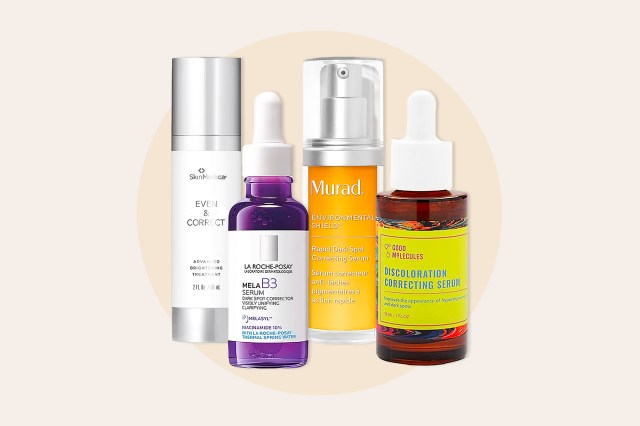
Shop skin care for hyperpigmentation:
This article is for general informational purposes only.
Affiliate Disclaimer Medical Disclaimer



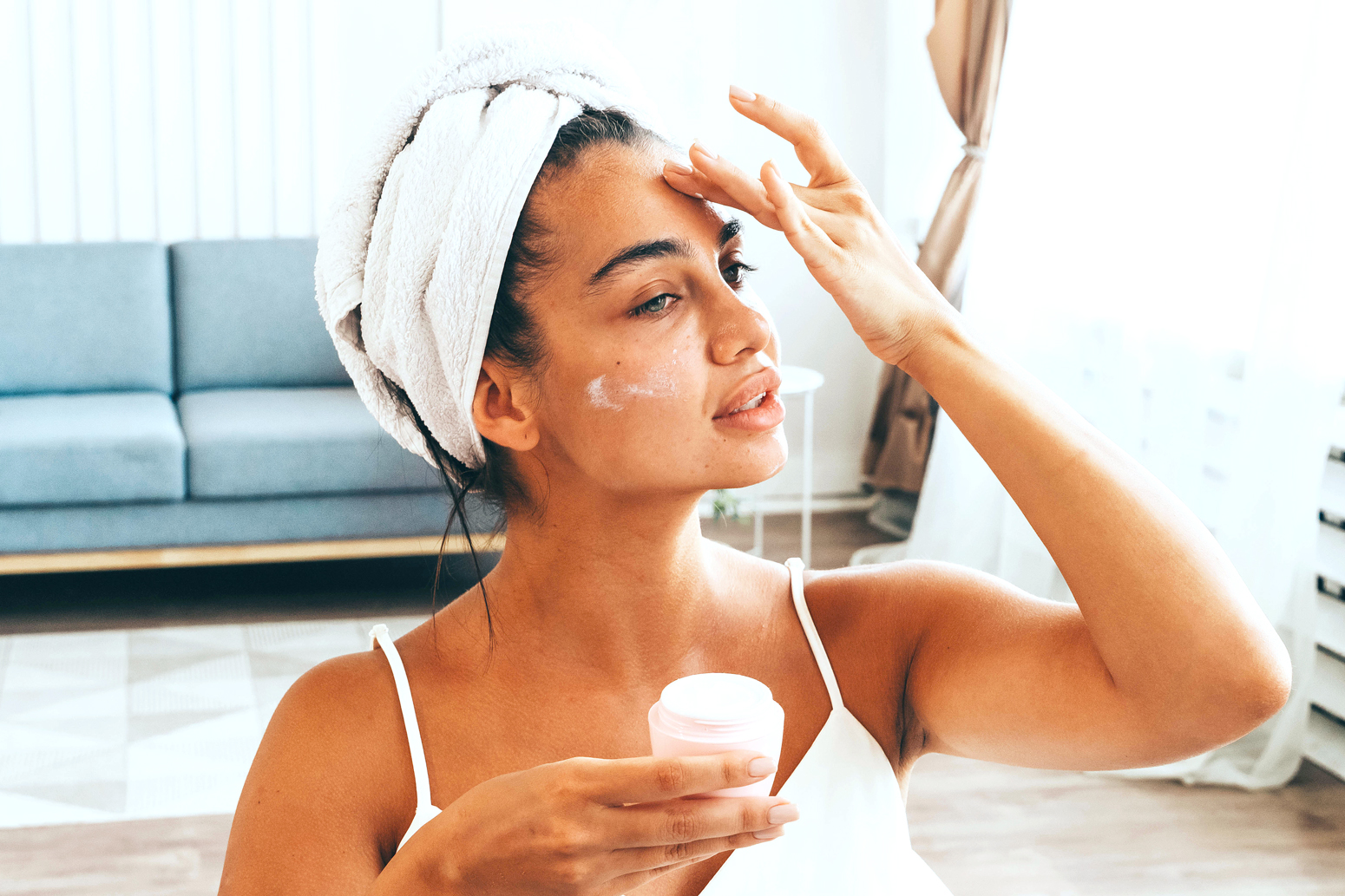


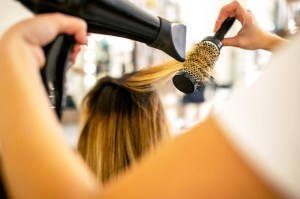
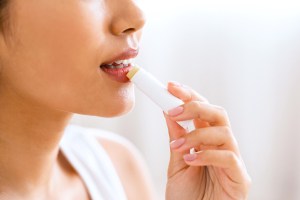




 Unique Beauty is free for all users.
Unique Beauty is free for all users.